Latest Posts by space-cute - Page 4

Shuttle Launch As Seen From Space


Space Shuttle Endeavor Getting Moved

Carolyn Shoemaker (b. 1929) is a teacher and astronomer. Even though her career in astronomy began at the age of 51, she discovered over 800 asteroids and 32 comets, once holding the record for most comets discovered by an individual.
She first started working in astronomy at the California Institute of Technology in 1980, where she made her important discoveries, including 377 minor planets. She received the Exceptional Scientific Achievement Medal from the US National Aeronautics and Space Administration in 1996.

Stars over water reservoir in austria by H4ppy4uer89
★☆★ SPACE ★☆★

Double exposure of the moon (over exposure + normal exposure) by cosmicgrey
★☆★ SPACE ★☆★










Galaxy Animal Necklaces and T-Shirts
Sushi Studios on Etsy
See our #Etsy or #Galaxy tags
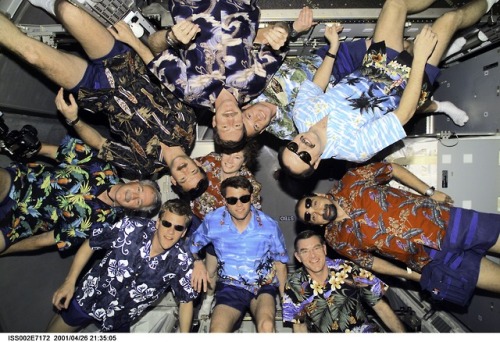
3 … 2 … 1… ALOHA!
Sometimes in space, you have to set your clocks to island time and gather for a good Hawaiian shirt day. In this 2001 #TBT, Expedition Two and STS-100 crew members gather for a group photo with a pre-set digital still camera.
Clockwise from the 12 o'clock point in the circle are Kent V. Rominger, Yuri V. Lonchakov, Yury V. Usachev, Umberto Guidoni, James S. Voss, Jeffrey S. Ashby, Scott E. Parazynski, John L. Phillips and Chris A. Hadfield, with Susan J. Helms at center. Usachev, Helms and Voss are members of three Expedition Two crew, with the other seven serving as the STS-100 crew on the Space Shuttle Endeavour. Usachev and Lonchakov represent Rosaviakosmos; Guidoni is associated with the European Space Agency (ESA); and Hadfield is from the Canadian Space Agency (CSA).
Make sure to follow us on Tumblr for your regular dose of space: http://nasa.tumblr.com.


Ring Galaxy AM 0644-741

Super Moon Total Lightning Eclipse

Saturn by SpaceBeserkerz
★☆★ SPACE ★☆★

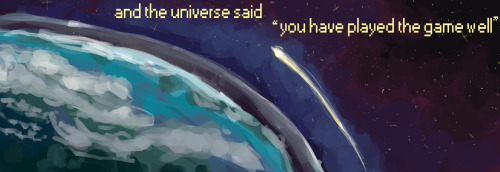


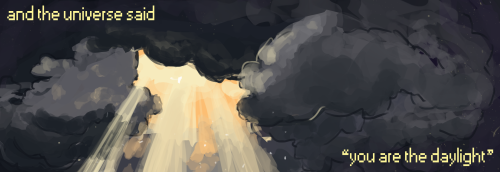
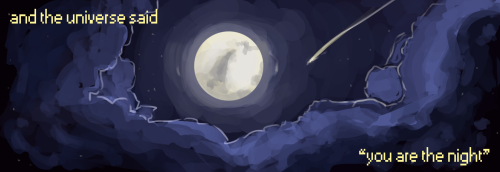
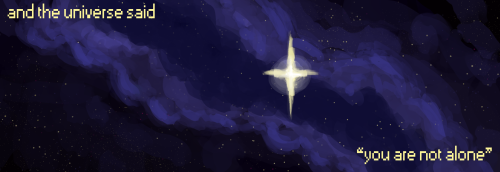
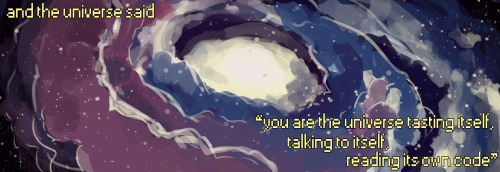

“and the universe said…”

The Full Monty of that Black Hole by Angry_Foamy
★☆★ SPACE ★☆★

The pixel scale of the Hubble Space Telescope’s WFC3 camera with the Event Horizon Telescope for Black Hole image by akashdalai
★☆★ SPACE ★☆★
sorry what


29 years ago today, the greatest picture of all time was taken. by Eisenkugeln
★☆★ SPACE ★☆★

29 years ago today, the greatest picture of all time was taken. by Eisenkugeln
★☆★ SPACE ★☆★










Necklaces / Earrings
Jewellery Fountain on Etsy
See our #Etsy or #Jewelry tags

Bonneville Salt Flats, Utah (Canon Rebel T6, Rokinon 14mm f/2.8, 25 seconds, ISO 1600). I-80 traffic created the light trails. by Woosh_Cecil
★☆★ SPACE ★☆★

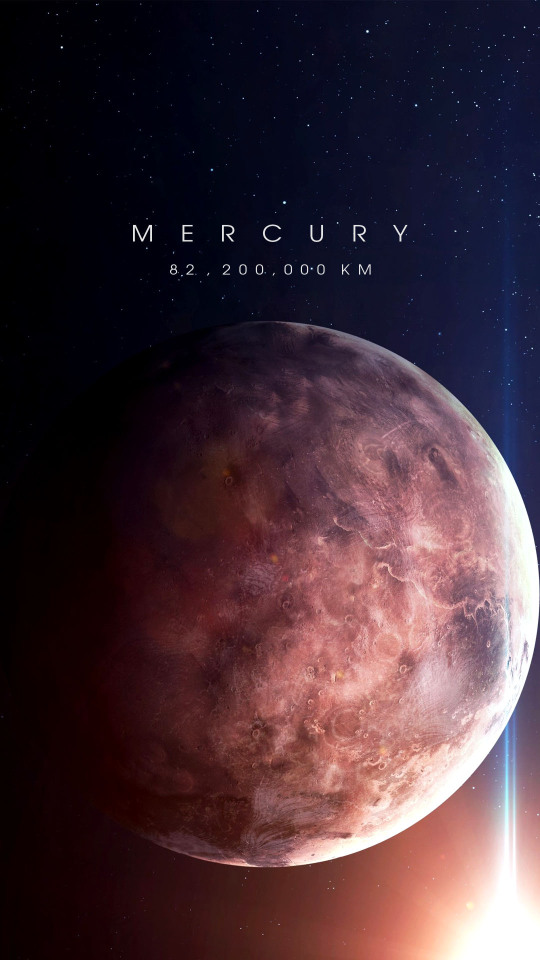



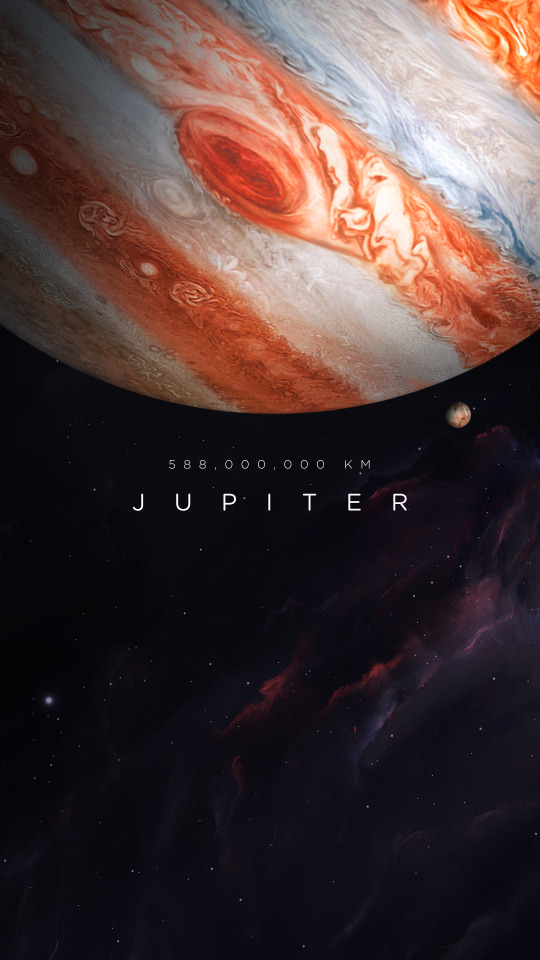
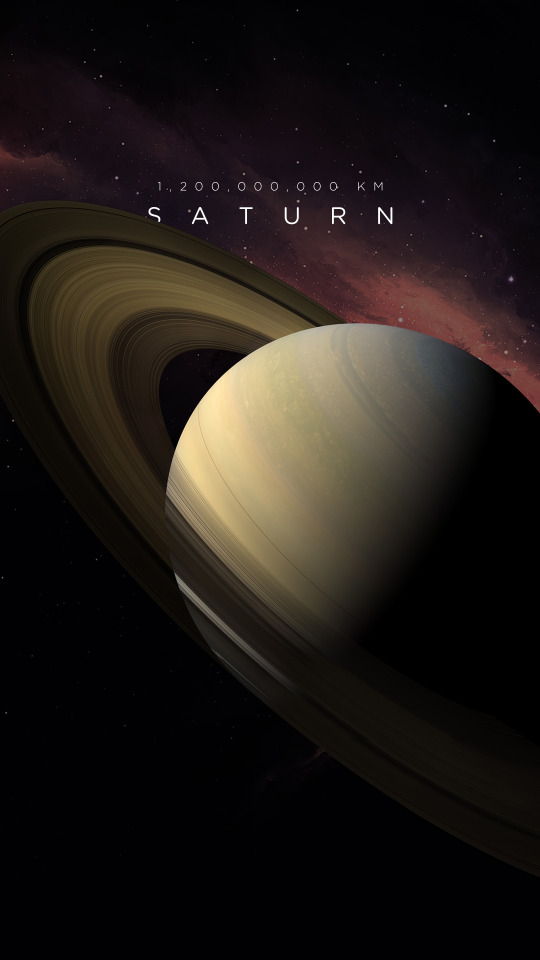
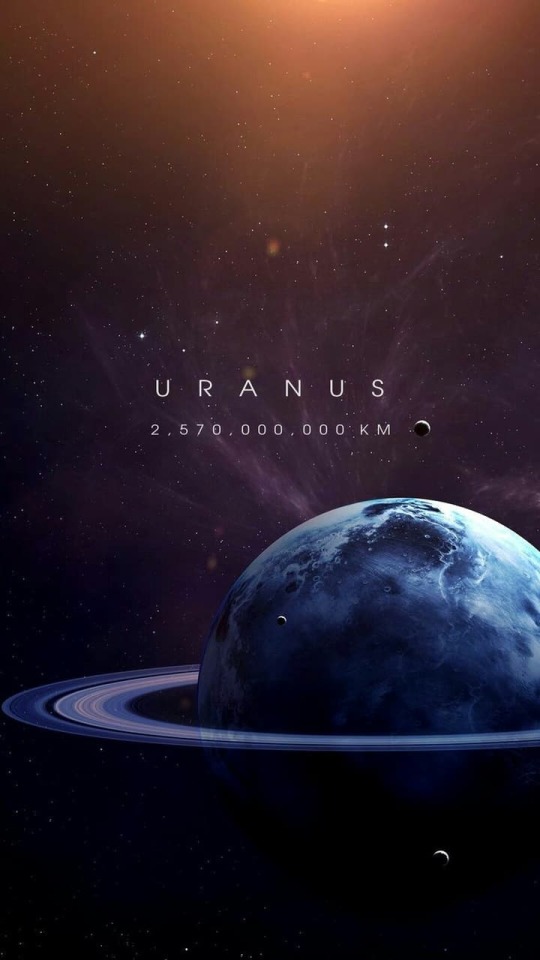

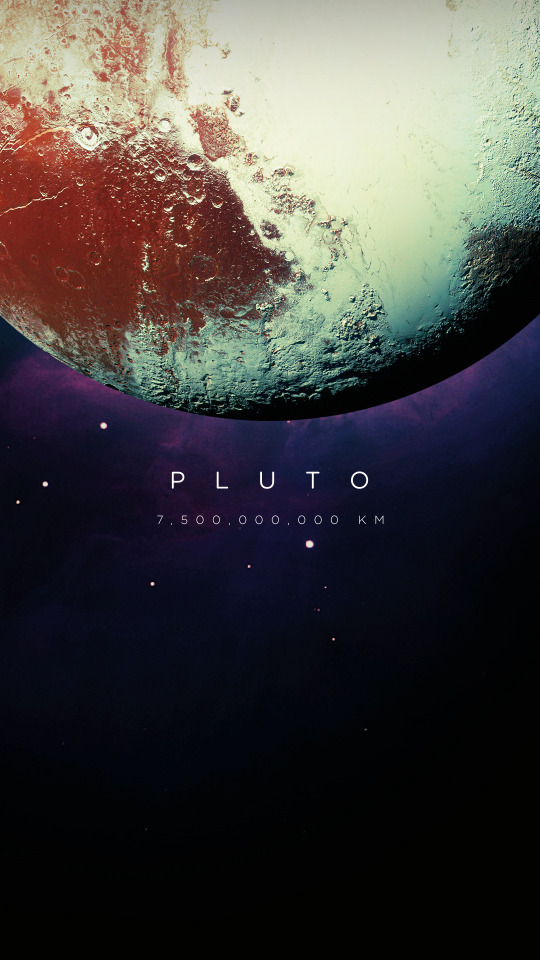
Our Amazing Solar System

Amazing View Of Saturn

Milky Way Falls
It can be the driest place on planet Earth, but water still flows in Chile’s Atacama desert, high in the mountains. After discovering this small creek with running water, the photographer returned to the site to watch the Milky Way rise in the dark southern skies, calculating the moment when Milky Way and precious flowing water would meet. In the panoramic night skyscape, stars and nebulae immersed in the glow along the Milky Way itself also shared that moment with the Milky Way’s satellite galaxies the Large and Small Magellanic clouds above the horizon at the right. Bright star Beta Centauri is poised at the very top of the waterfall. Above it lies the dark expanse of the Coalsack nebula and the stars of the Southern Cross. Credit: Yuri Beletsky (Carnegie Las Campanas Observatory, TWAN)

Vela Supernova Remnant Mosaic
The plane of our Milky Way Galaxy runs through this complex and beautiful skyscape. Seen toward colorful stars near the northwestern edge of the constellation Vela (the Sails), the 16 degree wide, 200 frame mosaic is centered on the glowing filaments of the Vela Supernova Remnant, the expanding debris cloud from the death explosion of a massive star. Light from the supernova explosion that created the Vela remnant reached Earth about 11,000 years ago. In addition to the shocked filaments of glowing gas, the cosmic catastrophe also left behind an incredibly dense, rotating stellar core, the Vela Pulsar. Some 800 light-years distant, the Vela remnant is likely embedded in a larger and older supernova remnant, the Gum Nebula. Objects identified in this broad mosaic include emission and reflection nebulae, star clusters, and the remarkable Pencil Nebula. Credit: Robert Gendler, Roberto Colombari, Digitized Sky Survey (POSS II)

“The Day the Earth Smiled.” The wide-angle camera on NASA’s Cassini spacecraft has captured Saturn’s rings and our planet Earth and its moon in the same frame. July 19, 2013. Credit: NASA/JPL-Caltech/Space Science Institute [838x958] by trismegisto97
★☆★ SPACE ★☆★
![This Is Real Spaceporn : Huge Meteorite Impact On Mars. Picture By NASA/JPL/University Of Arizona [1080x1080]](https://64.media.tumblr.com/d87e4a115df23d11fa54a858faebd60d/tumblr_pjxiraERdB1wf4hhqo1_500.jpg)
This is real spaceporn : huge meteorite impact on Mars. Picture by NASA/JPL/University of Arizona [1080x1080] by fromspacewlove
★☆★ SPACE ★☆★

Eta Carinae Nebula (NGC 3372).
Credit: william226

Surface of Mars As Seen From Space

